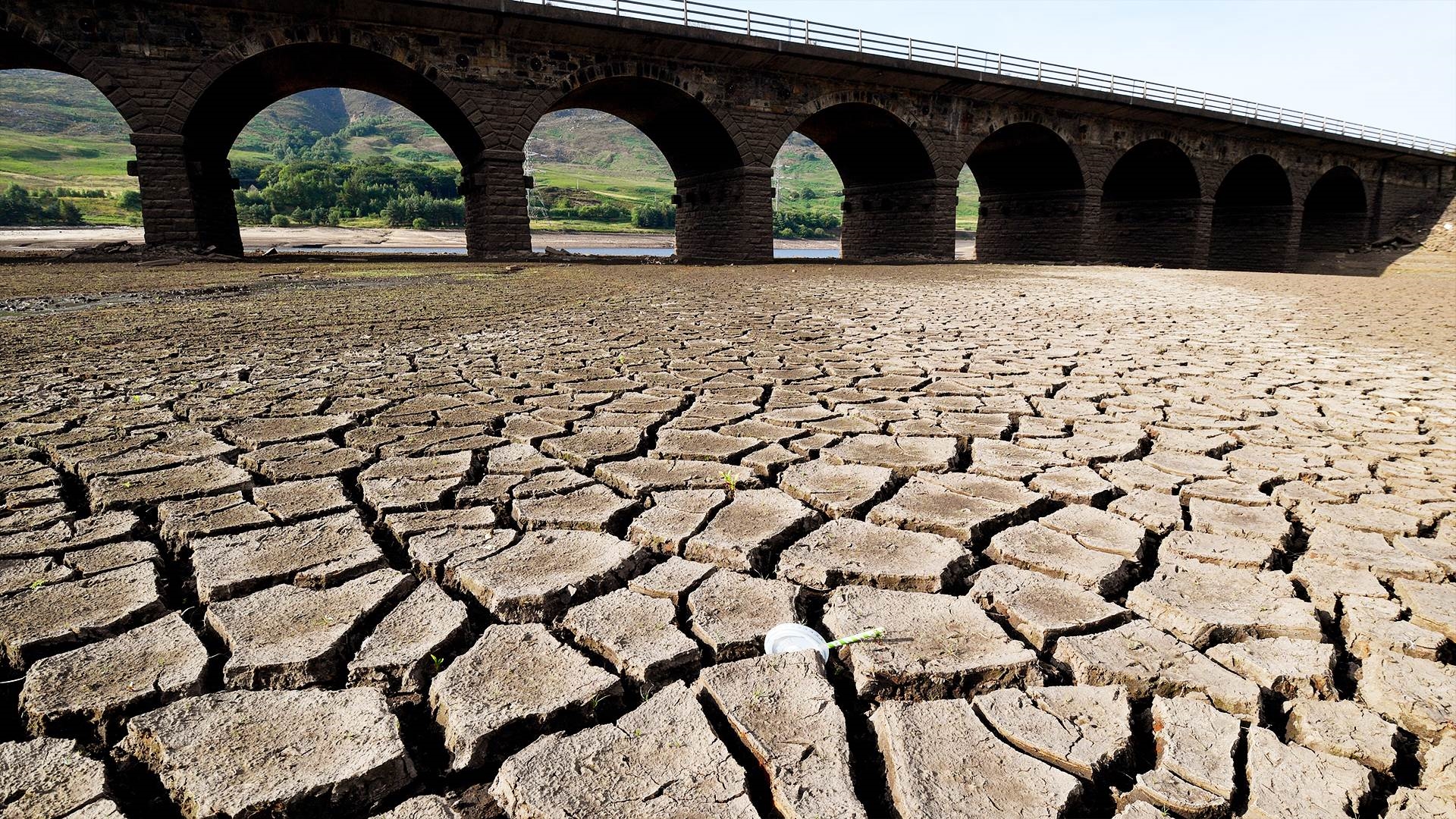Global Hydropower Under Threat: Climate Change Causes Historic Drop in Production
Wegdan Mohammed

Hydropower is the largest source of electricity generated from renewable sources worldwide, surpassing wind and solar energy. However, it is now threatened due to climate change.
Before discussing the climate threats, let's understand a bit about this type of energy. Hydropower refers to electricity generated by turbines that convert the potential energy of falling or fast-flowing water into mechanical energy.
This is done by collecting or storing water at a higher elevation and allowing it to flow through pipes or large tunnels, causing turbines to rotate and generate electricity.
This form of energy is facing a significant threat from climate change, particularly due to dry conditions, notably in China. A recent report from the "Ember" center for renewable energy research indicated a historic global decrease in hydropower generation in the first half of 2023, mainly due to reduced rainfall and higher temperatures, particularly in southwestern China.
The report highlighted that global hydropower generation decreased by 8.5% this year until June, the largest drop in a full year over the past two decades.
Three-quarters of this decline were due to reduced rainfall in China, which experienced record temperatures earlier in the year. Despite a 12% increase in solar and wind energy worldwide, this decrease in hydropower production led to a slight rise in global carbon emissions in the first half of 2023.
Approximately 150 countries produce hydropower, with Asia and the Pacific region being the world's largest growing sector. The report emphasized that the decrease in electricity demand played a role in keeping emissions lower than they could have been.
It also warned that it's still challenging to predict future impacts, as the consequences of climate change on water resources vary across regions.
Some parts of Central Africa, India, and Central Asia are expected to increase their hydropower generation capacity. However, it's likely that this capacity will decrease in Southern Europe, Southern United States, and other areas due to changing climate conditions.













